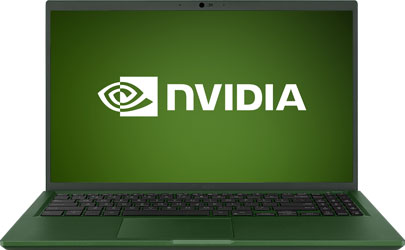I'm not sure if Dane's GPU having 8 SMs is necessarily a guarantee that games can run at 4K with DLSS enabled across the board, especially when taking into account ray tracing. And there's at least one third party developer that's fully committed to ray tracing for games, which is
4A Games.
NateDrake and MVG don't agree with people's assumption that Nintendo releasing DLC for Mario Kart 8 Deluxe until the end of 2023 is an indication that Nintendo's not planning to release any new hardware until 2024 at the earliest.
MVG argued the fact that most third party games shown at the most recent Nintendo Direct didn't look very good and are running at low framerates (e.g. MLB The Show 22) is an indication that third party developers are hitting a roadblock in terms of developing games for the Nintendo Switch, with third party developers asking is it worth spending a large amount of money, as well as investing a large amount of time, to develop games for the Nintendo Switch. MVG believes Nintendo's plans to release new hardware hasn't altered. And MVG thinks Nintendo plans to launch new hardware in 2023 or 2024.
NateDrake thinks that the rollout of the Mario Kart 8 Deluxe DLC doesn't matter as long as the new hardware is still backwards compatible, where people can play Mario Kart 8 Deluxe, as well as the DLC, at higher resolutions with visual improvements.
NateDrake argued that since more and more third party games released on the Nintendo Switch recently are in a rough condition, and more third party developers are shifting away from the Nintendo Switch in favour of the PlayStation 5 and the Xbox Series X|S, if Nintendo positions the new hardware as a Game Boy Color or as a PlayStation 4 Pro (i.e. a stopgap), Nintendo would make third party developers happy, resulting in a few more third party ports coming; and Nintendo could be buying more time to develop a new Mario Kart games for a "true" successor since the new hardware is backwards compatible with the Nintendo Switch, therefore the new hardware can play Mario Kart 8 Deluxe and the DLCs, but with 4K graphics with DLSS support.
Therefore, NateDrake thinks that the Mario Kart 8 Deluxe DLC reinforces the idea that new hardware is definitely coming in a similar manner to the Game Boy Color.
So there really isn't any new information. Saying that, I mostly agree with NateDrake and MVG here.

www.techpowerup.com

